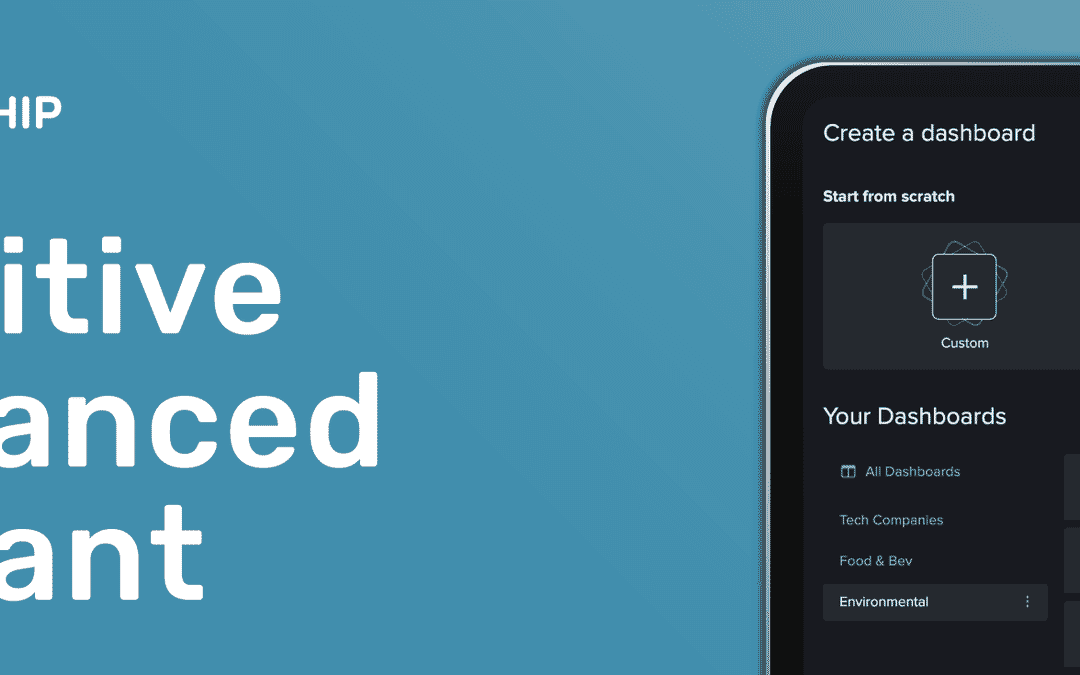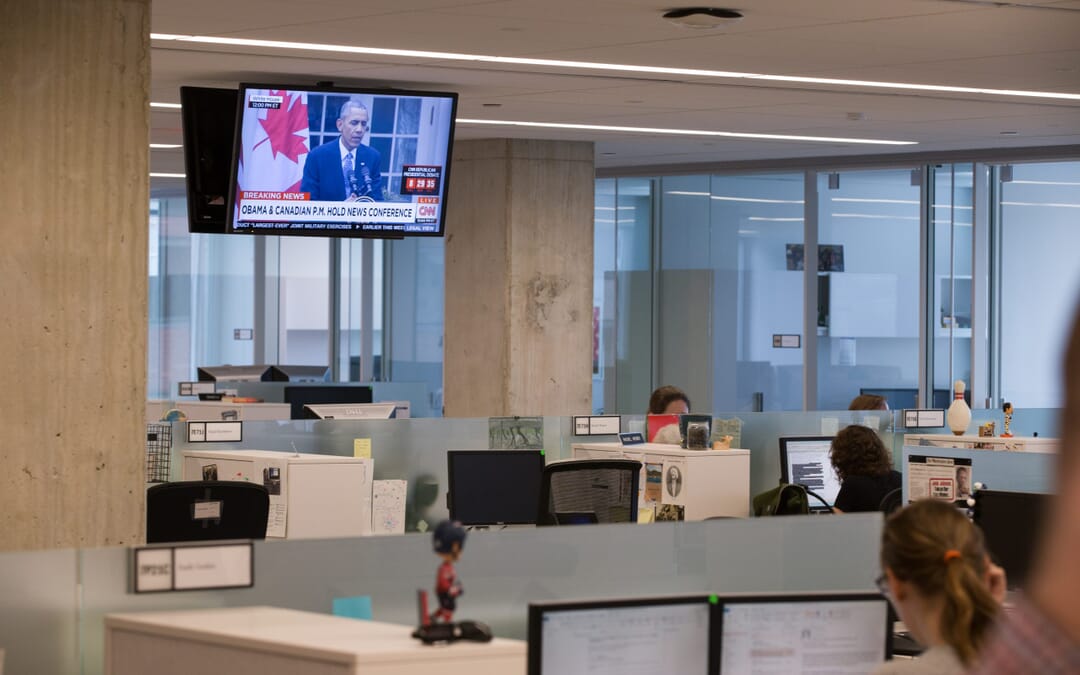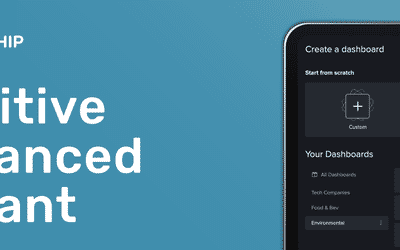Artificial intelligence has been one of the defining projects of the 21st century. It seems these days as if every start-up is pushing some version of AI or machine learning, and that’s to say nothing of the established companies that are incorporating it into their own workflows.
It often stirs debate about how much some of this tech actually falls under the category of AI. Either way, it has the capacity to drive huge amounts of public and media attention across the web and social, so in this analysis we’re going to look at some of the trends we’ve seen in 2021 so far, beginning with web coverage.
Artificial intelligence on the web
There was a wide range of content about artificial intelligence on the web in 2021, and several of the pieces had artistic applications. In fact, the most engaged article about AI from any publisher this year so far came from a photographer using the technology to recreate the profile of Ancient Egyptian royals Amenhotep IV and Nefertiti. This article received more than 200k engagements, and linked out to the pictures that the photographer Bas Uterwijk had posted on his Twitter page.
#Akhenaten and #Nefertiti
— Ganbrood (@ganbrood) February 19, 2021
I don't claim to be a scientist. The historical portraits I make are based on artworks mostly made during the period of their subjects.
With AI I filter out the sculpting styles of ancient portraiture and guide it to a credible outcome#artbreeder pic.twitter.com/Qt3485Gnaq
While this may at first glance seem little more than a curiosity, it was instructive of a broader trend in the field in terms of using AI to bring the past to life. MyHeritage introduced a tool called Deep Nostalgia to bring old photos to life, and an article featuring some of the salient examples of the technology in The Verge was responsible for tens of thousands of interactions.
This sort of tool is bait for social media, of course, as people compete with each other to find the best examples of reanimation, but it is not necessarily what people think of when they first think of artificial intelligence. That is often reserved for robots and things to make work easier — to do those monotonous tasks that humans would otherwise have to waste time and energy on. And that’s what we want to focus on now.
There are a number of examples from various industries, but one unifying theme was the pandemic speeding up the process of its implementation.
The pandemic-driven AI revolution
A prominent example of AI adoption came from the fast food industry, which made a number of modifications to cope with the changes wrought by the pandemic. Some of the most engaged coverage of this came from CNN, which profiled a McDonald’s in Chicago that it said had received “the Jetsons treatment.”
Innovations at the drive-thru included a robot voice greeting you as you pulled up at the location, smart menu boards, and automated ordering and payment, according to the article, which received more than 35k engagements when it was published back in February. Other brands making similar upgrades included Burger King and White Castle.
Many of the changes hastened by the pandemic included placing some form of robot or AI on the frontlines interacting with customers, in order to protect workers and cut costs at a time when sales took a serious hit for many of these brands.
This move into AI communication led to the seemingly inevitable next step of large scale investment in and adoption of chatbots by a number of businesses, news about which received tens of thousands of interactions across various publications. Med City News covered how chatbots were being used to fight the pandemic, while Biz Tech Magazine did an analysis on the types of AI chatbots businesses are now using, both of which saw north of 20k engagements.
Microsoft sparked an interesting debate on ethics by filing a patent on reviving the deceased in the form of an AI chatbot, and the new Anthony Bourdain documentary “Roadrunner” caused controversy by using AI to make the late chef and presenter speak words he had never recorded as a voiceover for the movie.
Beyond ethical debates, though, there has been broader concern about how AI is affecting the people that currently do these jobs, and how artificial intelligence impacts work more broadly. An Amazon worker recently resigned rather than consent to being monitored all day, and coverage of the company’s actions and plans to institute this policy received broad attention with more than 40k engagements. Beyond the jobs we’ve listed above, even the jobs of police dogs could be at risk, with the NYPD testing robot dogs at crime scenes at the beginning of this year.
Earned media can be a tricky proposition for this very reason, as artificial intelligence often falls into the so-called ‘uncanny valley’ of being very close to reality but not close enough to be indistinguishable from it, where people start to lose trust and find the concept unsettling.
That’s where owned media channels can come in, and before ending here we wanted to highlight one brand that has been pushing AI consistently and successfully on its Facebook Page.
Bosch Global has had more than a dozen posts about artificial intelligence with tens of thousands of engagements each. Examples included a sensor that could detect fire risks through a digital gas sensor and an oven that learned from the baking process each time it baked. The company was by far the most successful in demonstrating its AI capabilities, and had more engagement on its owned channels than any other.
These are just some of the trends we have seen in content about AI since the start of 2021, and with the pandemic leading to innovation across a number of industries and a push to use more machine learning, it’s likely we’ll see even more examples of its deployment in the very near future.
If you’d like to see how NewsWhip can help you spot these trends early, check out NewsWhip Spike.











